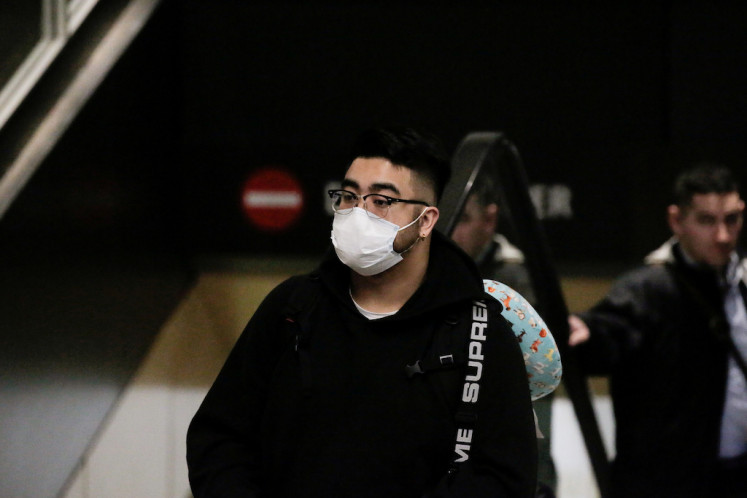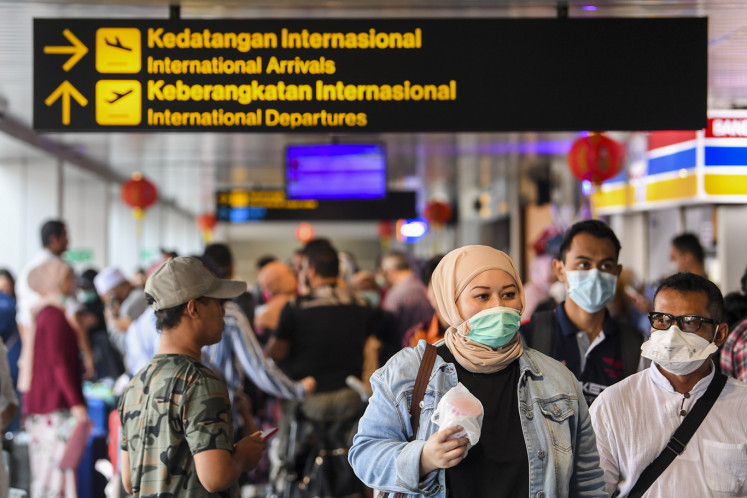Popular Reads
Top Results
Can't find what you're looking for?
View all search resultsPopular Reads
Top Results
Can't find what you're looking for?
View all search resultsEnvisioning a counterinsurgency strategy for Papua
The development approach to the Papua issue will only succeed if it is part of a counterinsurgency strategy that prioritizes a population-centric approach, rather than the conventional approach of finding and destroying enemy forces.
Change text size
Gift Premium Articles
to Anyone
T
he West Papua National Liberation Army (TPNPB), the military wing of the Free Papua Movement (OPM), has been holding Susi Air pilot Philip Mehrtens hostage for three weeks. The TPNPB is demanding pressure on the Indonesian Military (TNI) to withdraw from Papua, a significant reduction in TNI troops and recognition of an independent Papua.
This incident is just the tip of the iceberg in the face of Papua's governance, security and humanitarian crises. The accumulation of these three crises has created a complex situation, which includes the development of separatism, armed separatist movements, acts of terrorism, a culture of violence and a sense of injustice.
The Jakarta Post's editorial titled "Politics holds Papua hostage" on Feb. 16 brings attention to the overall security strategy in Papua, which emphasizes the deployment of a significant number of personnel from the TNI and the National Police (Polri) to safeguard national borders, protect critical infrastructure and enforce law and order. The editorial also provides insights into the lack of a definitive and quantifiable political resolve to address the intricacies of the issues, particularly the absence of a specific security road map in Papua.
Given the current security approach, it is time for the government to boldly formulate a counterinsurgency (COIN) strategy in Papua, particularly in territories suspected of being strongholds of the separatist group.
The COIN strategy needs to emphasize three crucial aspects. First, there needs to be justification for adopting the COIN approach. Second, the purpose of counterinsurgency must be defined. Third, it is crucial to determine the appropriate implementation methods.
There are five justifications for implementing a critical COIN approach. First, it will ensure state authorities’ presence and control in the region, thus guaranteeing security and order for all citizens. Second, it will uphold the law and promote effective governance.
Third, it will help break the cycle of violence, both vertically and horizontally. Fourth, it will facilitate resolution to the prolonged conflict in Papua. Fifth and finally, these justifications can serve as the foundation for implementing a COIN strategy in Papua, which falls under the category of low-intensity conflict, as defined by Martin van Creveld in 1991.
















